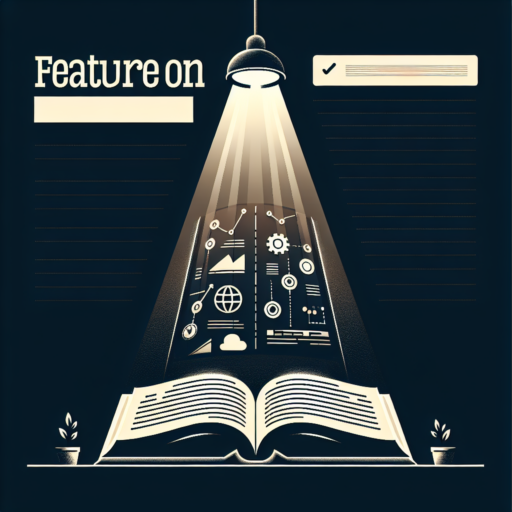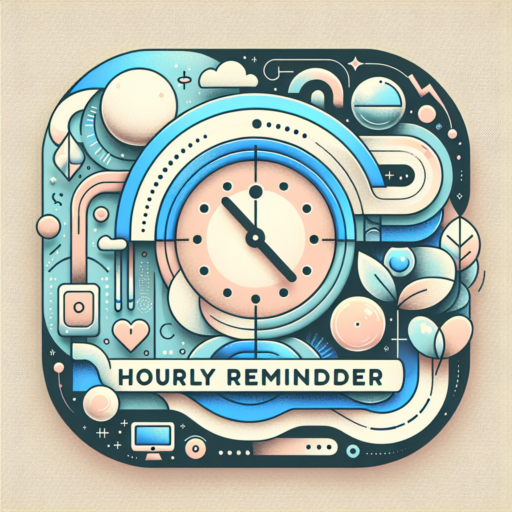What do the symbols on iWatch mean?
Understanding the symbols on your iWatch can significantly enhance your experience and interaction with the device. Each icon or symbol on the iWatch, known officially as Apple Watch, is meticulously designed to offer immediate insights into your watch’s functionality, notifications, and the broader ecosystem it operates within. From signaling incoming messages to monitoring health statistics, these symbols serve as a shorthand for the wealth of features the iWatch provides.
The significance of these symbols becomes evident as you navigate through daily tasks. For instance, the water drop icon indicates Water Lock mode, primarily used during swimming sessions to prevent the screen from responding to water contact. Similarly, the green lightning bolt represents the charging status, reassuring you that your device is successfully powering up. These intuitive symbols are part of a comprehensive design philosophy aimed at making tech wearables more accessible and user-friendly.
Beyond the basics, some symbols might seem cryptic without a proper introduction. The blue crescent moon, for example, denotes Do Not Disturb mode, a useful feature that silences notifications to minimize distractions. Meanwhile, the red dot at the top of the watch face signifies unread notifications, a prompt that ensures you’re always up to date with your most urgent messages and alerts. By familiarizing yourself with these symbols, users can streamline their interactions and customize their iWatch experience to suit their personal or professional needs.
What is smart watch always on display?
The Always On Display feature in smart watches is a technology designed to show basic information such as time, date, battery status, and notifications without requiring the user to activate the display by touching it or raising the wrist. This feature ensures that essential data remains visible at all times, making it convenient for users to quickly glance at their wrist to check the time or their notifications.
Utilizing low-power technology, the Always On Display function is carefully designed to minimize battery consumption. This is achieved through various means such as lowering the screen’s brightness and updating the displayed information at a slower rate compared to when the watch is in active use. As a result, users can enjoy the benefits of having their information readily available without significantly draining the watch’s battery life.
Incorporated into many modern smart watches, the Always On Display feature supports customization to fit the user’s style and needs. Users can often select different types of watch faces or information to be displayed, allowing for a personalized experience. Despite its utility, users should consider the impact on battery life and assess their need for constant display versus battery efficiency when deciding to enable this feature.
How to operate a smart watch for beginners?
Navigating the world of smart watches can initially seem daunting for beginners. Yet, with a few simple steps, you can quickly become proficient in using your new gadget. This section will guide you through the basic operation of smart watches, focusing on universal features that apply to most models.
Getting Started with Your Smart Watch
Before diving into the full functionality of your smart watch, it’s essential to get it properly set up. Begin by charging your device fully. Once charged, power it on by pressing and holding the side button. The next critical step is to pair your smart watch with your smartphone, which typically involves installing the watch’s companion app on your phone and following the on-screen instructions for pairing.
Understanding the Interface
Smart watches come equipped with a touch-sensitive screen designed for intuitive navigation. Swiping left or right lets you switch between different features or apps, while swiping up or down reveals notifications or quick settings. Tapping on an app’s icon opens it, allowing you to access its functions. For models with buttons or a rotating bezel, these can be used to navigate menus or select options. Familiarizing yourself with these basic interactions is key to effectively using your smart watch.
- Customize Your Watch Face: Most smart watches allow you to customize the watch face. Dive into your device settings to explore the available designs and choose one that suits your style or needs.
- Managing Notifications: To avoid constant interruptions, tailor your notification settings. Access your smart watch’s companion app on your smartphone to specify which apps can send notifications to your wrist.
No se han encontrado productos.
What might a smart watch tell you to write two things?
Smart watches have revolutionized the way we interact with technology on a day-to-day basis. Among their myriad of features, two standout aspects are their ability to help us manage our health and streamline our communication. By doing so, they not only act as an extension of our smartphones but also as personal assistants wrapped around our wrists.
Health Monitoring: First and foremost, your smart watch can keep a vigilant eye on your physical well-being. It might prompt you to jot down notes about your daily step count, reminding you if you’re falling short of your fitness goals. Furthermore, it could recommend documenting your heart rate readings, especially after exercise or during moments of stress, to track fluctuations over time. This can be particularly useful for identifying patterns that may require attention or adjustment in your routine.
Communication Efficiency: On the flip side, a smart watch excels in enhancing how we communicate. It might nudge you to draft quick responses to texts or emails, allowing you to stay connected without always reaching for your phone. Additionally, it could suggest writing down reminders or setting up follow-ups for important meetings and tasks. This seamless integration of communication tools ensures that you miss nothing, keeping you both productive and accessible.



